WWD List: Designers Warming Up to Faux Fur

Faux fur is making a comeback.
And just in time, since a bill that would make California the first state to ban the sale and production of fur products passed its first committee hearing test on Tuesday — the first of several legislative hurdles.
Related stories
The Vintage Revival: Morphew Vintage Transforms the Old
How Perfitly Is Re-creating the Physical Fitting Room
Color Solutions International, Datacolor Talk Sustainability Solutions
Faux fur was once reserved for the most extremist of animal lovers — or those wanting to relive Seventies fashion — but a larger number of consumers are now considering animal welfare before making purchases of products ranging from beauty treatments to apparel. Shoppers are seeking out labels that are not tested on animals, are cruelty-free or vegan.
Even so, while fake fur is showing up more on the runways, some designers remain staunch supporters of the real stuff. While antifur proponents claim wearing real fur is cruel to animals, fur supporters point out that real fur is more sustainable because it lasts longer and is completely biodegradable. As a result, fur remains one of the most divisive issues in the fashion world.
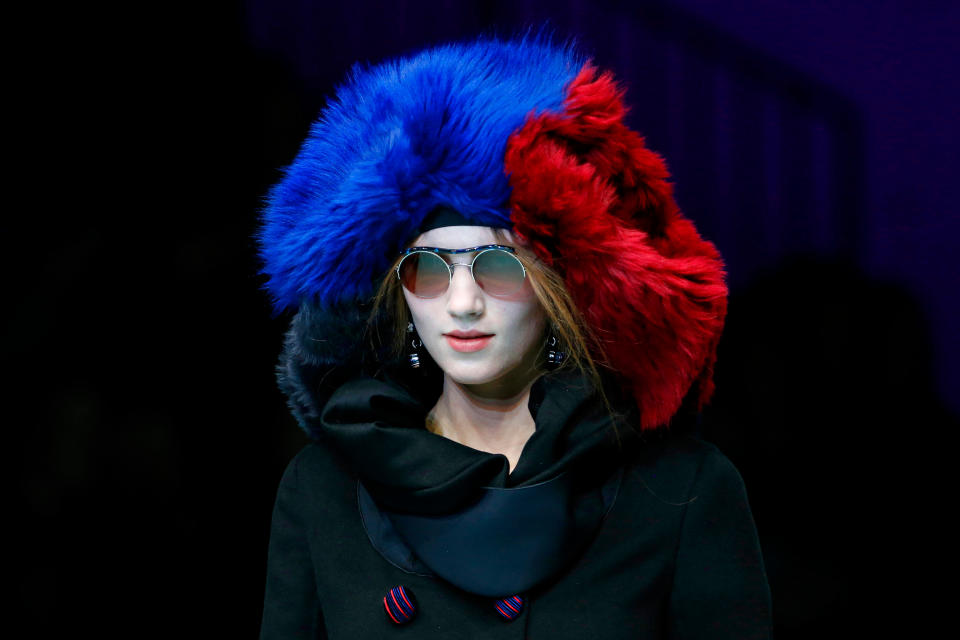
Case in point: Back in the early Aughts, when Stella McCartney’s brand was relatively new, people told the designer she would never make it in the fashion industry if she didn’t use fur in her collection. Even the advice of Tom Ford couldn’t sway her. Animal rights activists who taunted models and fur-wearing socialites with red paint and stain-inducing foods were seen as uncouth.
But these days, more brands are switching to faux fur, even as many of them continue to use shearling, leather and, in the case of luxury labels, snake skins like python.
McCartney, along with Betsey Johnson, Guess, Calvin Klein and Tommy Hilfiger, are all longtime advocates of faux fur. More recently, Michael Kors, Gucci, Burberry, Diane von Furstenberg, Donna Karan, Adolfo Domínguez and Versace have vowed to go fur-free in favor of alternatives.
The movement has even gone beyond brands. Cities such as Los Angeles and San Francisco have regulations that prevent retailers from selling new fur, or risk paying a hefty fine. The U.K., Australia, Netherlands and Norway have all banned fur farming. Last month, Los Angeles hosted its first Vegan Fashion Week. The week was promoted as the industry event where “fashion meets activism.”
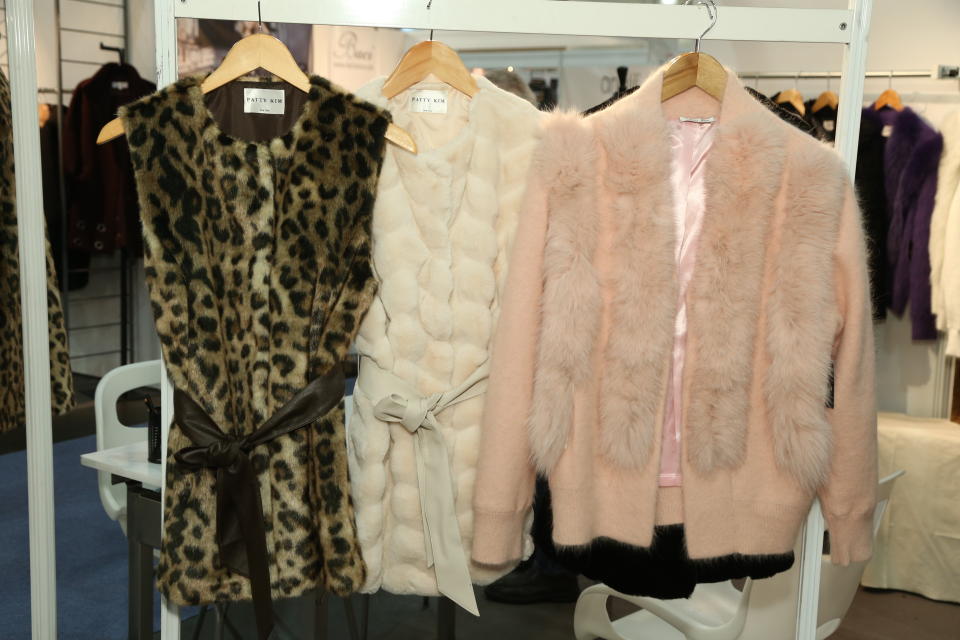
While the trend has been happening for some time, Christina Sewell, assistant manager of fashion campaigns at the animal rights group People For the Ethical Treatment of Animals, or PETA, claimed the downward trend of fur consumption has accelerated in the last 18 to 24 months. She pointed out that the rise in fake fur is “not just folks being concerned with why they shouldn’t be wearing something; they’re really excited about what they can wear instead.” She contended innovations in textiles have made faux fur “basically indistinguishable” from the real thing.
Even some longtime proponents of fur have come around. Last year Tom Ford told WWD that he had gone vegan and was using more fake fur in his shows. But he was clear that he wasn’t ready to label himself fur-free.
“I’m also very torn about this because fake fur is terrible for the environment,” he said.
The Marc Jacobs’ fall 2018 collection was sans fur, quite possibly a result of activists who showed up outside his show during the previous New York Fashion Week, goading showgoers and shaming the designer for his use of fur. But Jacobs said his decision to omit fur wasn’t political.
“We just didn’t use fur,” he told WWD.
And even though Millennial and Gen Z shoppers are seeking animal-friendly alternatives, sustainable products are still expensive and achieving the same level of quality with synthetic materials is difficult, said Chris Carey, a principal at Manhattan-based equity firm Stripes Group. The company invests in technology, health care and consumer-product start-ups, helping them build their brands.
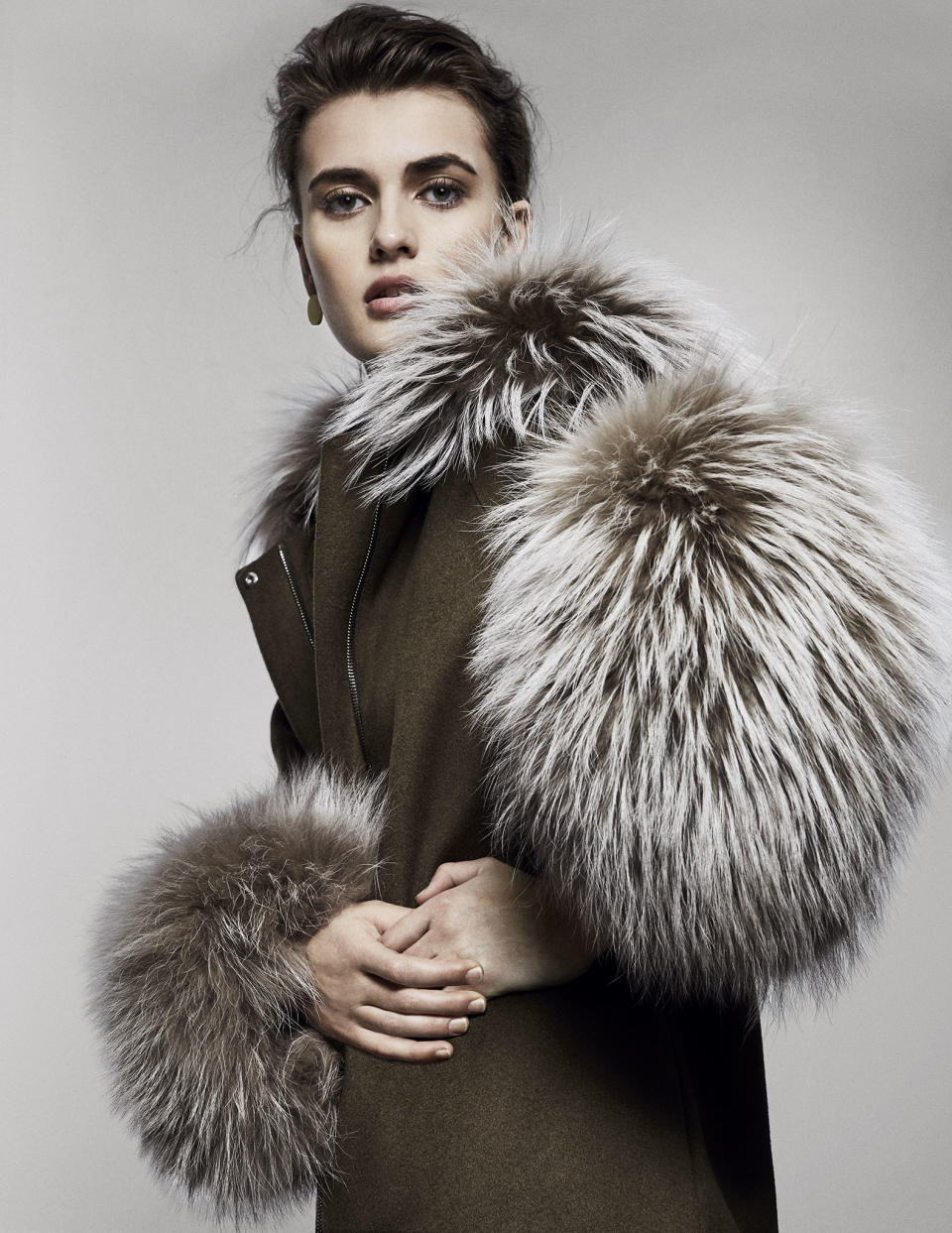
That might be one reason why some designers aren’t willing to part with real fur — and the industry remains very profitable. It generated roughly $30 billion worldwide in 2017, according to the International Fur Federation, or IFF.
Mark Oaten, IFF’s chief executive officer, estimates the numbers will be only slightly lower in 2018, fueled by the economic slowdown in China, which is affecting all luxury goods, not just fur.
Like Ford, the late Karl Lagerfeld — who designed Fendi as well as Chanel — famously declared that fake fur pollutes the world. Oaten argued that faux fur will only last around three years before it’s deposited in a landfill, while a natural fur could last around 30 years and is biodegradable.
“It might even get recut or refitted or passed on to a generation,” said Oaten, who expressed disappointment that so many designers “jumped on a bandwagon” in their decisions to go fur-free.
“It’s a huge, huge mistake that many of the brands will regret,” Oaten argued.
Instead, he said fashion companies should offer multiple options — and fake-fur advocates should stop bullying consumers.
“There’s nothing wrong with being vegan. But you shouldn’t impose those values on everybody else,” Oaten said. “If those vegans, or if those animal rights activists, are so confident that they’re right, then people will just stop buying fur.”
As the debate rages on, WWD produced this running list of designers and retailers that have shed fur.
Designers and Retailers Ditching Fur
Armani Group
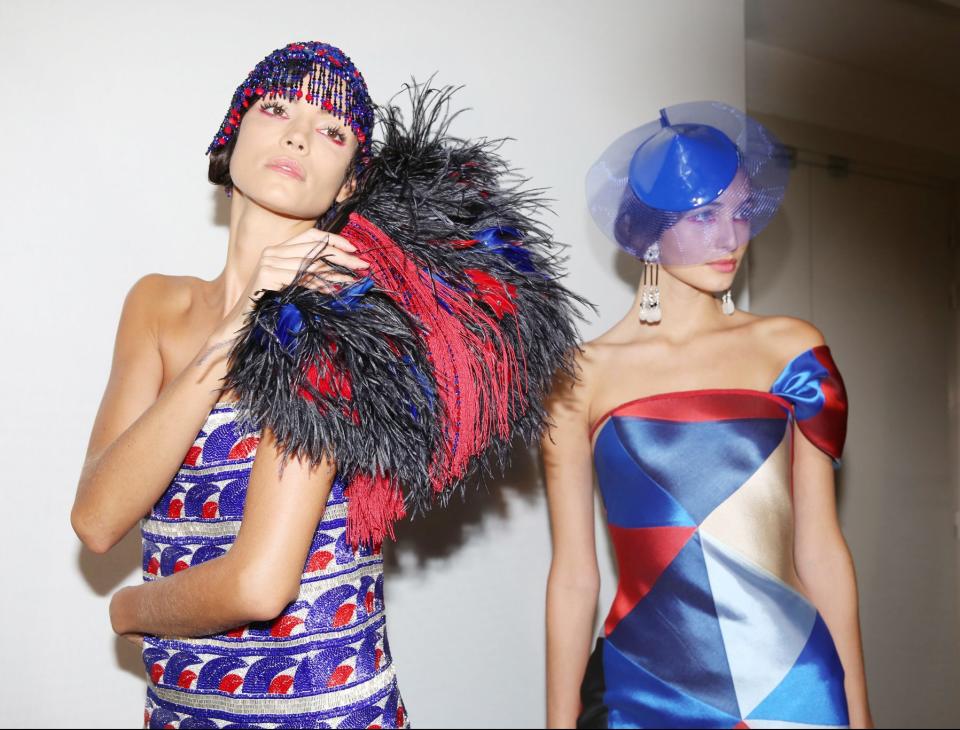
After years of going back and forth with animal rights activists, the Armani Group went completely fur-free in 2016. “Technological progress made over the years allows us to have valid alternatives at our disposition that render the use of cruel practices unnecessary as regards to animals,” Giorgio Armani said in a statement at the time.
Asos
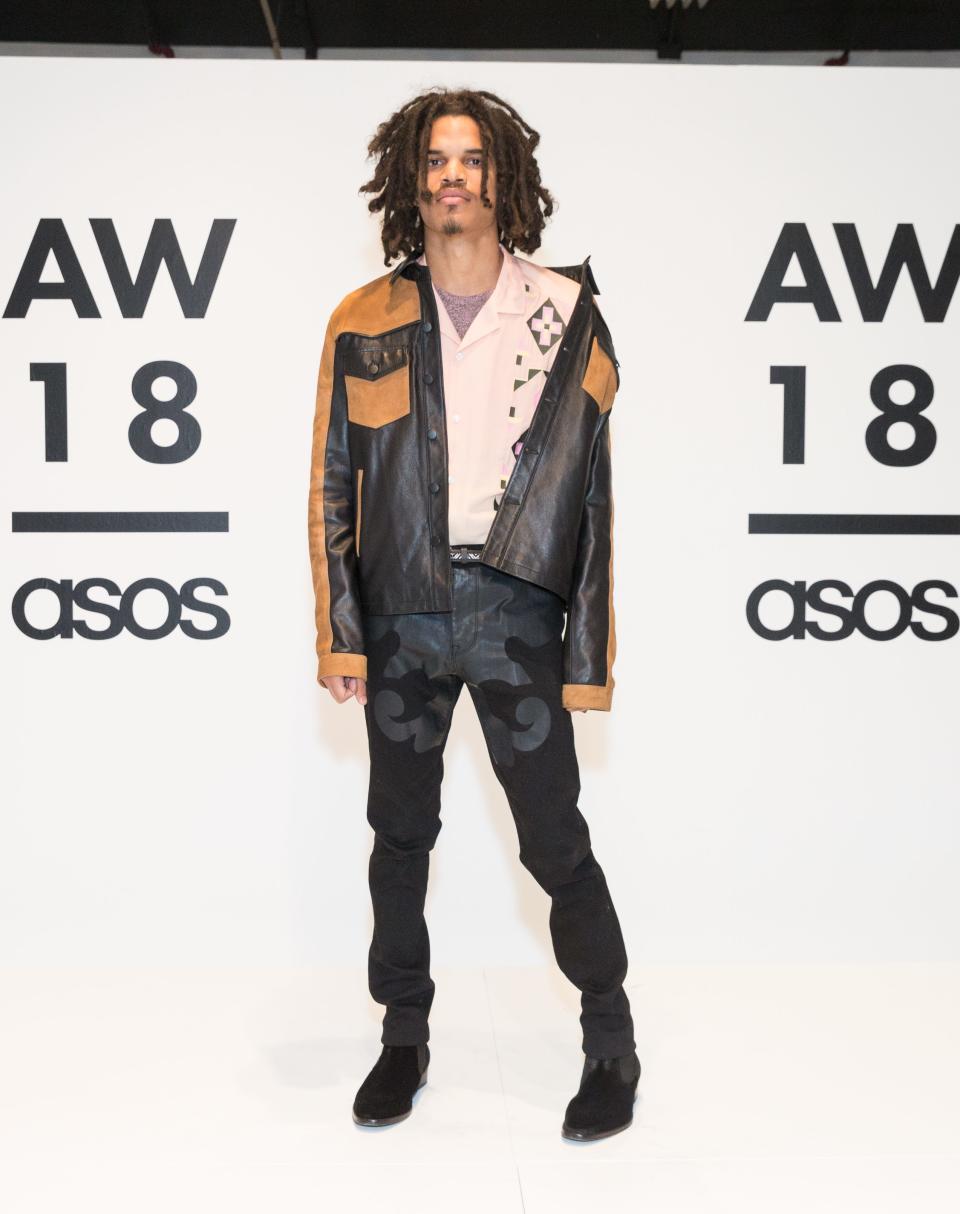
Last year, Asos said it would remove most animal products from its e-commerce site by the end of January. That included fur, feathers, mohair, cashmere, silk, bone, teeth and horns, with limited use of leather and wool. In addition, all faux products must be clearly labeled in the product description online to avoid confusion. The digital native also only sells cosmetics that are not tested on animals.
“Asos firmly believes it is not acceptable for animals to suffer in the name of fashion or cosmetics,” the company’s animal welfare policy states. “No animals should be slaughtered specifically to produce products sold through any of the Asos’ web sites.”
Betsey Johnson
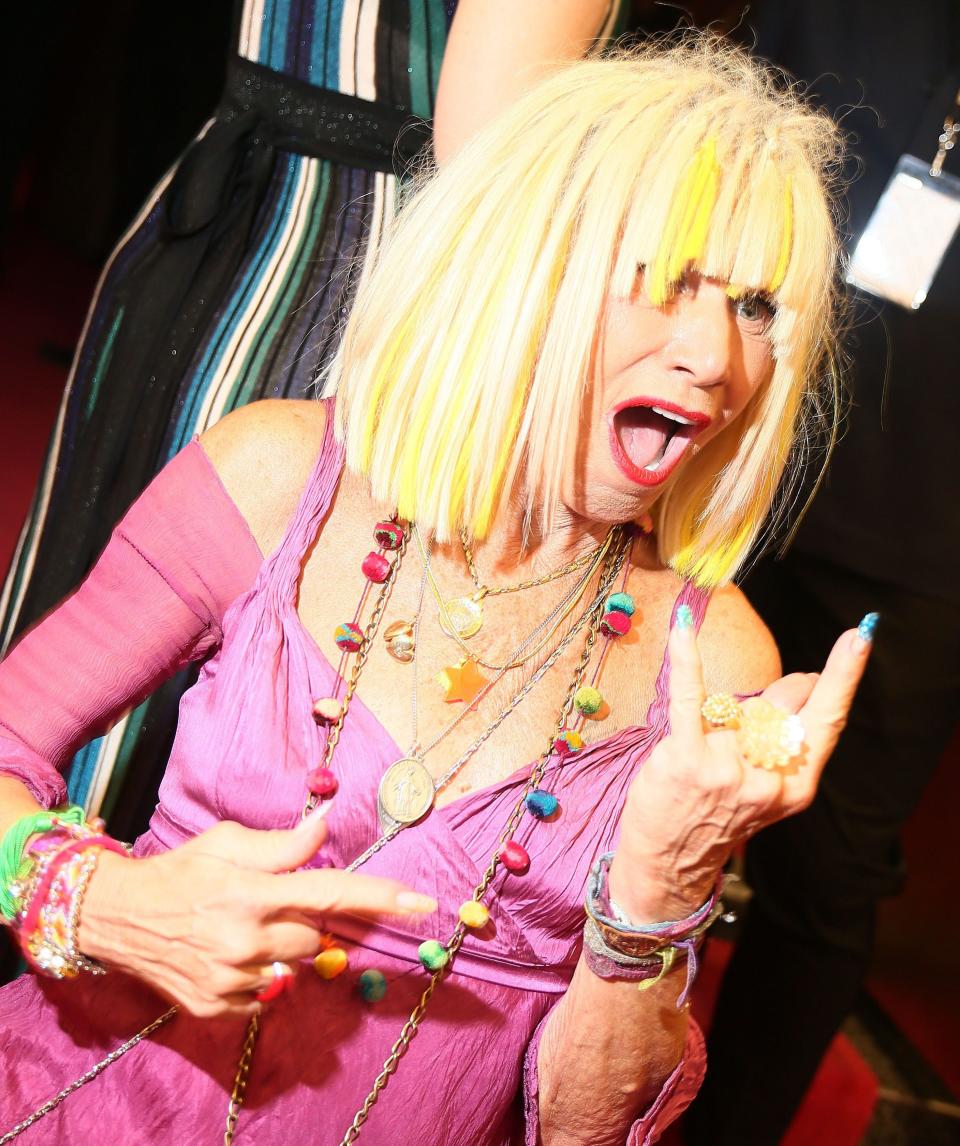
The free-spirited designer is well-known for her cartwheels and fur-free collections. Although now retired, Johnson said she’s never used fur in any of her collections — and never had any interest in doing so.
“Real fur? No way José!” Betsey Johnson said. “It’s not my thing. It’s not my style. It never has been.”
Burberry
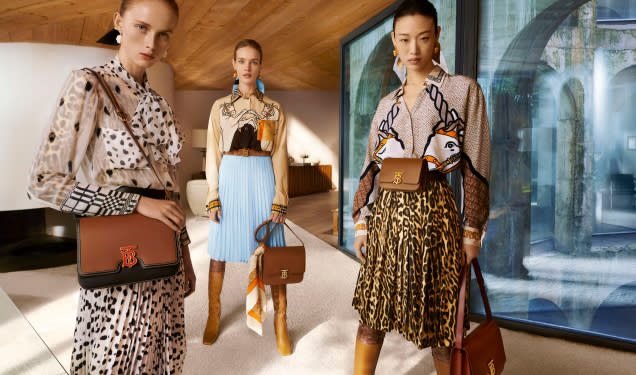
Last year, to the delight of animal lovers everywhere, the luxury fashion house made the decision to stop using fur. Riccardo Tisci’s inaugural collection with the brand would also mark Burberry’s first line sans fur. The existing fur lines, which in the past have mainly been limited to the trim on outerwear, are slowly being phased out. Rabbit, fox, mink, angora and Asiatic raccoon will also be discontinued, although the brand will continue to use shearling.
“Modern luxury means being socially and environmentally responsible,” said Marco Gobbetti, Burberry’s ceo, when announcing the decision. “This belief is core to us at Burberry and key to our long-term success. We are committed to applying the same creativity to all parts of Burberry as we do to our products.”
Calvin Klein
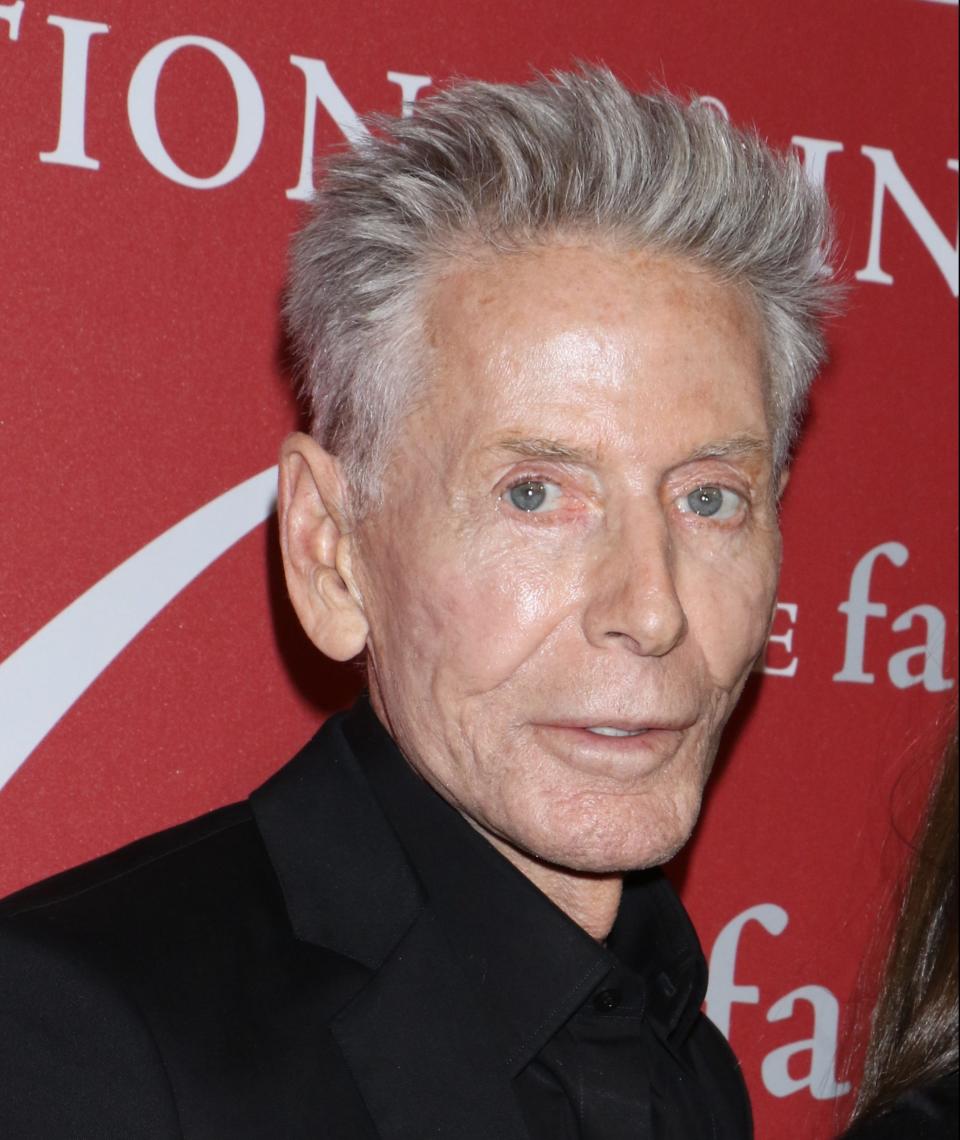
Before Gucci and Michael Kors, there was Calvin Klein. In fact, the brand has been fur-free since 1994. Designer Calvin Klein said in a statement in the Nineties that the decision to eliminate fur was based on “my own reflections on the humane treatment of animals.”
Chanel
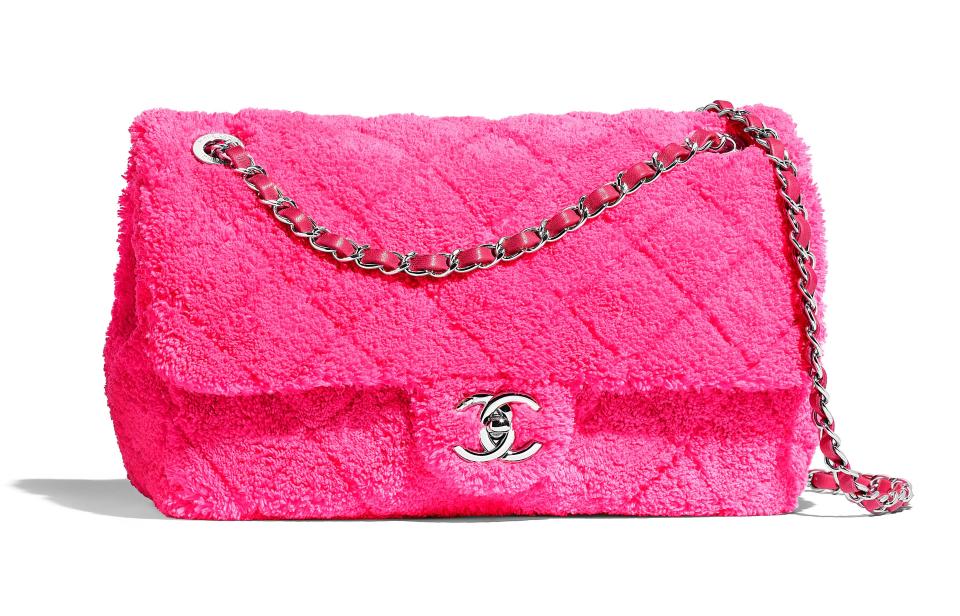
In December, the French fashion house said it was eliminating not only fur from its future collections, but all “exotic skins.” That means, in addition to fur, Chanel will no longer use crocodile, lizard, snake or stingray to construct its luxury bags — or any apparel, for that matter.
As for the reason why the iconic fashion house decided to cut some animal products from its collections, Bruno Pavlovsky, president of Chanel fashion and president of Chanel SAS, said when the decision was announced, “There is a problem of supply and that was not Chanel’s business anyway. We did it because it’s in the air, but it’s not an air people imposed to us. It’s a free choice.”
Coach
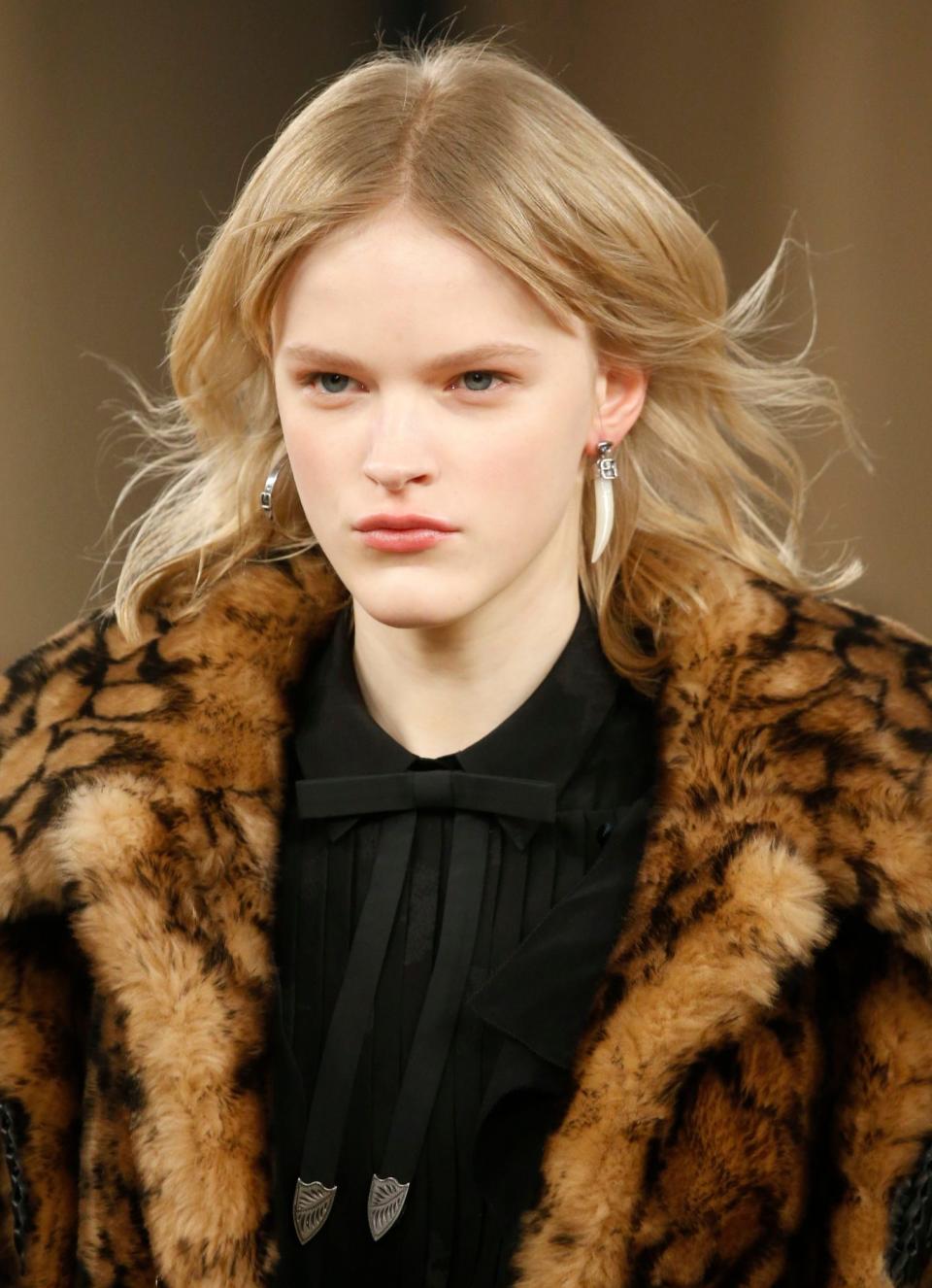
Coach, owned by parent company Tapestry Inc., said in October it would be completely fur-free by fall 2019. Partially based on consumer demand, Joshua Schulman, Coach ceo, said it was “the right thing to do.”
The luxury brand is in the process of phasing out all fur products, although it, too, will continue to use shearling.
Donatella Versace
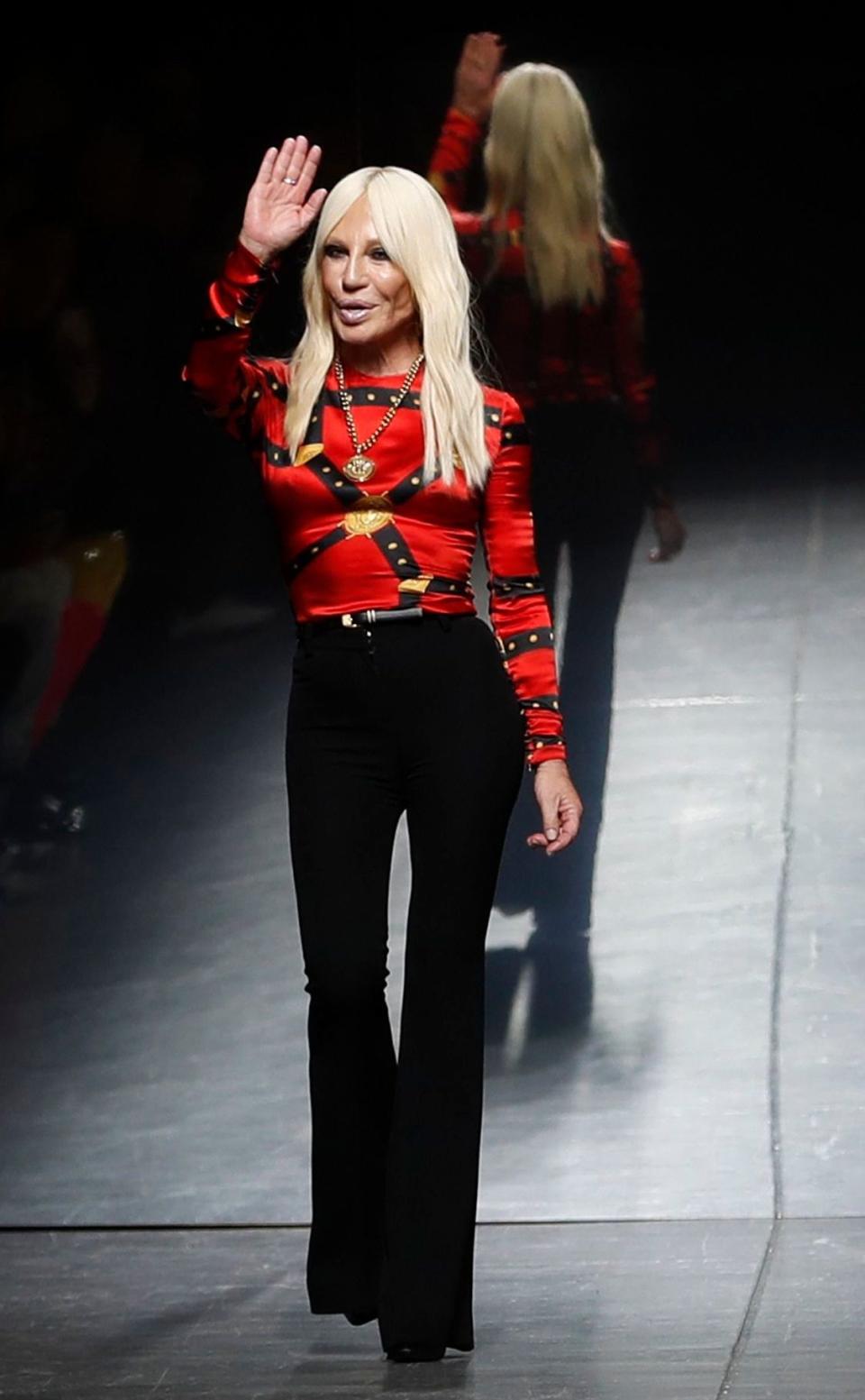
Donatella Versace joined the horde of fur-free fashionistas last year. “I don’t want to kill animals to make fashion. It doesn’t feel right,” Versace told The Economist’s lifestyle magazine in March 2018.
Moving forward, Versace, which is now owned by Capri Holdings Ltd., will no longer use fur in any of its collections.
Donna Karan/DKNY
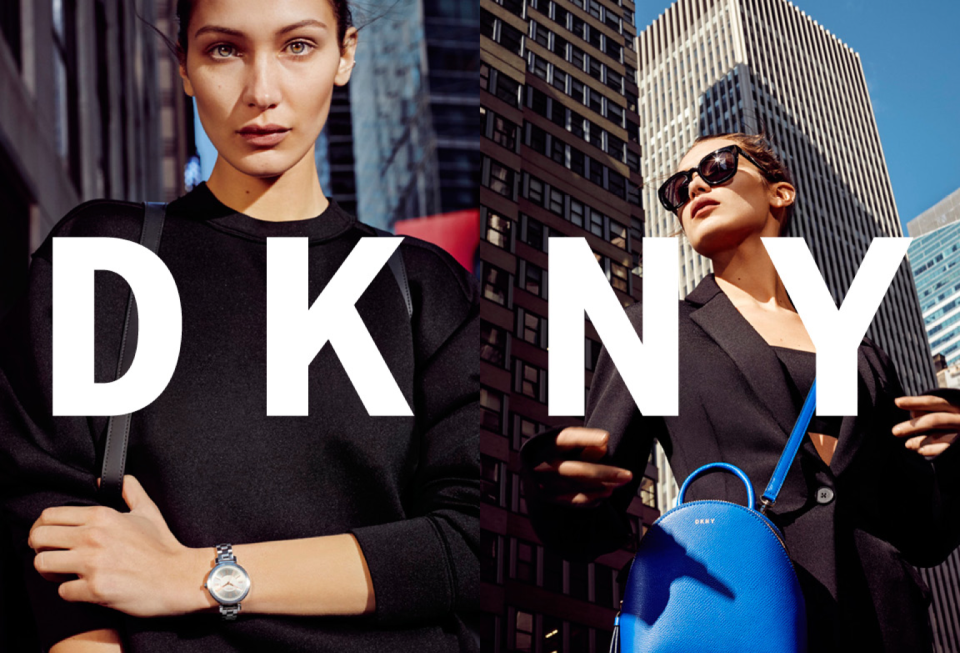
Donna Karan changed its attitude about animals in early 2018. Morris Goldfarb, chairman and ceo of G-III Apparel Group, parent company of Donna Karan and DKNY, told investors the news during the company’s earnings call in March 2018.
“As we move forward with both Donna Karan and DKNY, we’ve decided to become fur-free with both brands beginning with fall 2019,” Goldfarb said. “This commitment follows a longstanding relationship with The Humane Society of the United States.”
Diane von Furstenberg
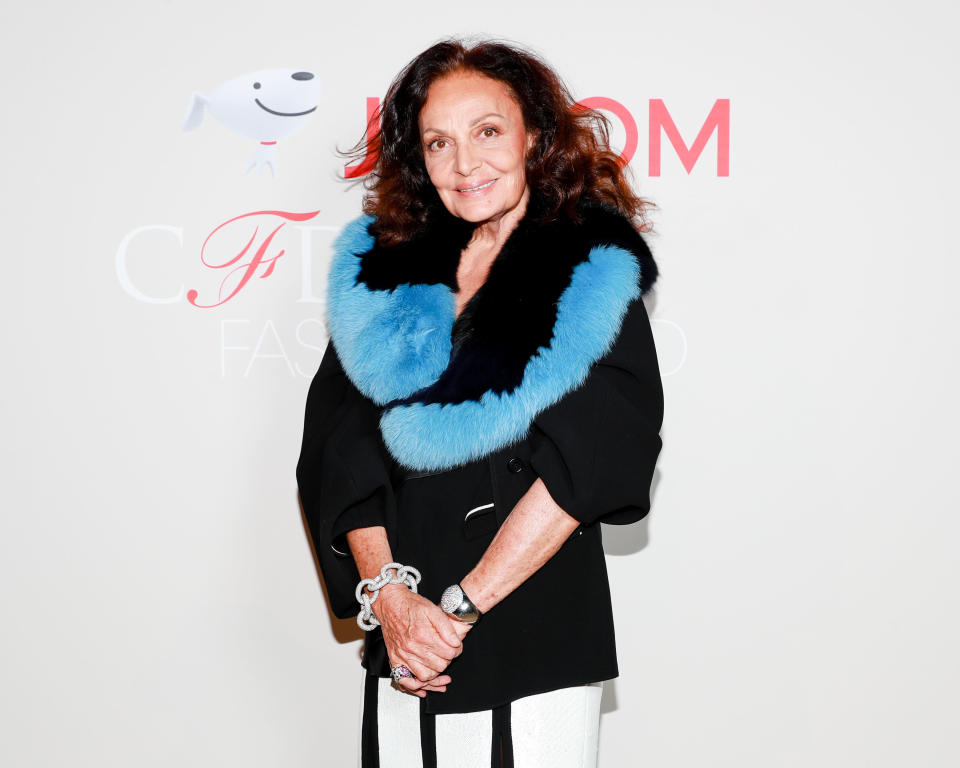
Last fall, Diane von Furstenberg decided to stop the production and use of fur in upcoming collections. Concerns over animals, the environmental impacts of farmed fur and growing consumer demand for ethical fashion were among the reasons.
“It’s time for us to make this change and accept responsibility to ensure that we don’t promote killing animals for the sake of fashion,” Sandra Campos, ceo of DVF, said at the time.
In addition to fur, beginning in 2019, the fashion house will also discontinue its use of exotic skins, mohair and angora.
Furla
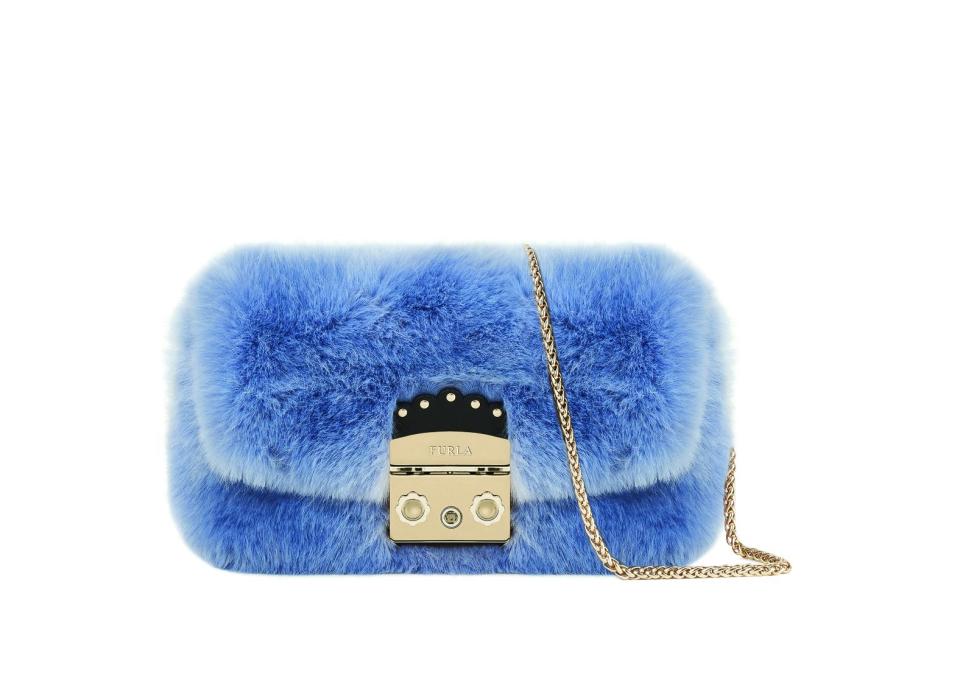
The Italian luxury company told WWD it was going fur-free in March 2018, beginning with the cruise collection of 2019. In the process, the company is pivoting to “ecological fur.”
Alberto Camerlengo, ceo of the group, said the decision was based on the company’s growing sensitivity to the environment and animals.
“The decision, moreover, responds to the growing request for ethical products by consumers who are more and more aware and attentive to these themes,” he said.
Gucci
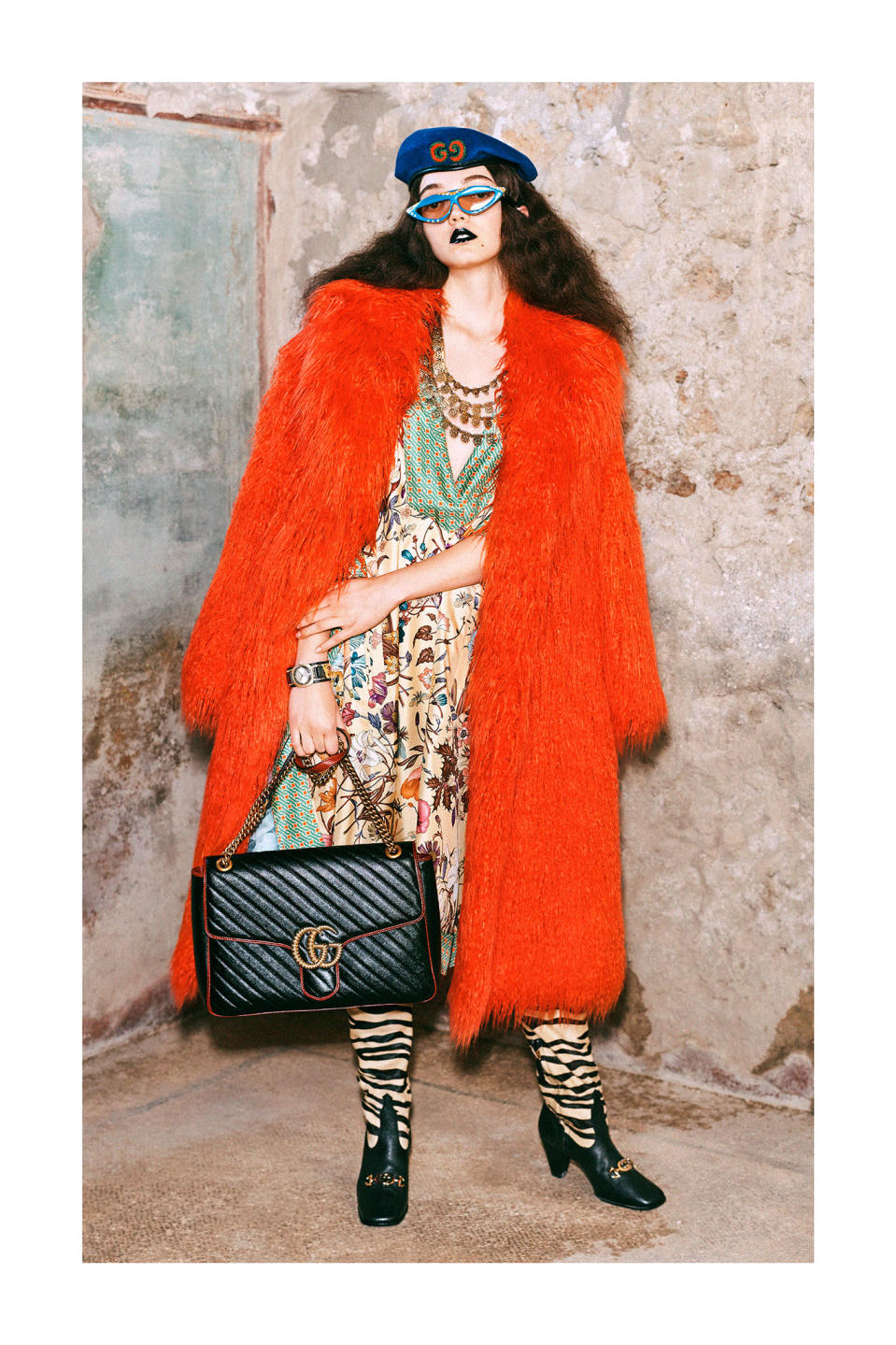
Gucci said “no” to fur in the fall of 2017, setting the pace for the latest round of fur-free fashionistas to follow. Since then Gucci has shed angora, or rabbit hairs.
“New technology presents unlimited possibilities in terms of textiles and it would be a mistake for us not to be at the forefront of this,” Marco Bizzarri, president and ceo of Gucci, said at the time.
Guess
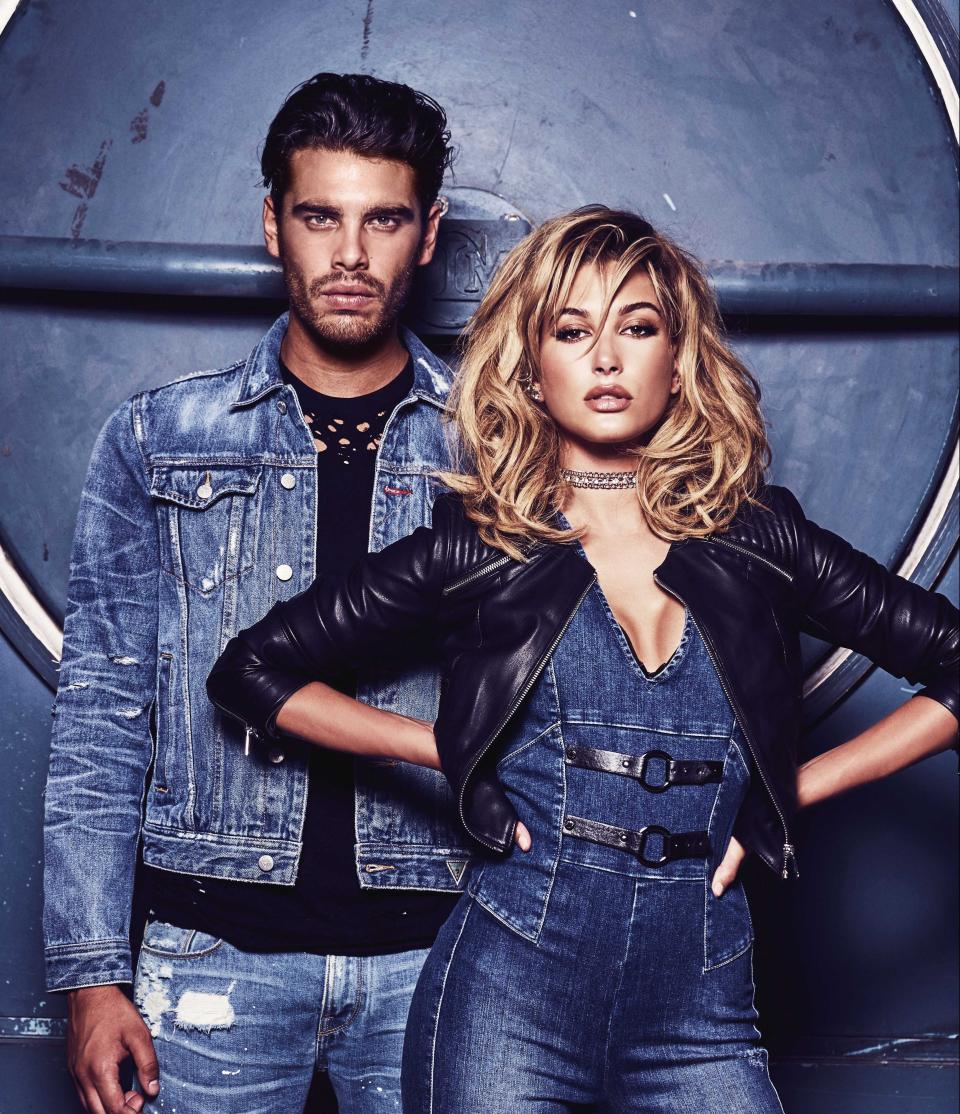
Guess is another brand that has been ahead of the curve for some time. The fashion company, known for its denim jeans, said it was no longer using fur in September 2007 and promised all fur products would be phased out of its sales channels by the following spring.
“Guess supports the prevention of cruelty to animals,” the company said at the time. “In addition, there have been many new and exciting developments in textile technology. Guess Inc. will continue to strongly pursue original and inventive methods of design and production with the use of faux fur. The immense variety of faux furs on the market today is not only comparable to actual fur, but also offers more room for creativity.”
Hugo Boss
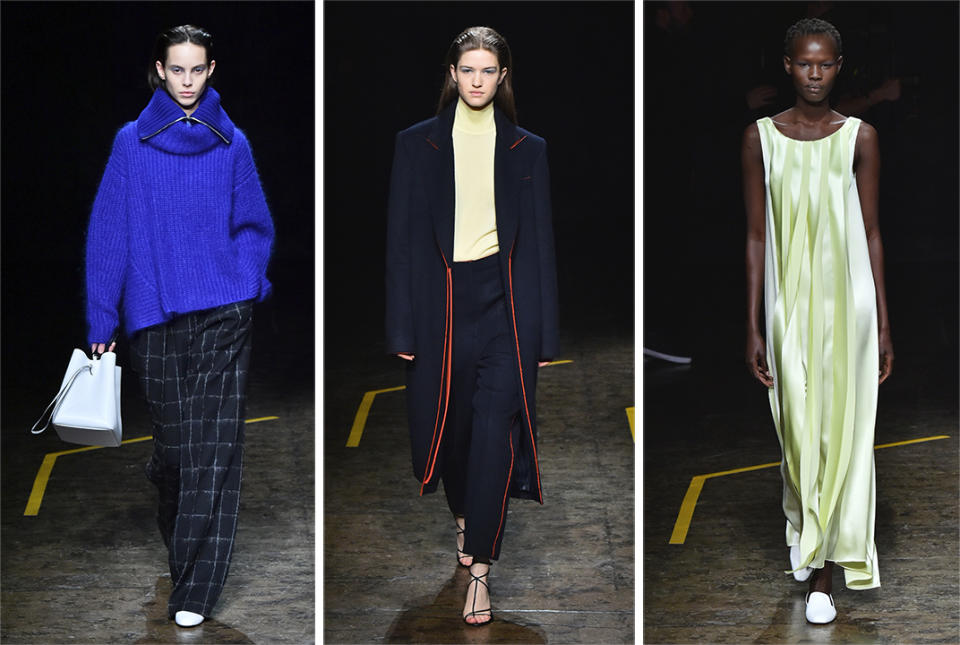
Hugo Boss said it was giving up fur starting with its fall 2016 collection.
In the company’s 2014 Sustainability Report, Bernd Keller, who at the time served as brand and creative director of Hugo Boss sportswear, said the company’s commitment to sustainability and animal protection took “precedence over the fast and simple route to success.”
Jean Paul Gaultier
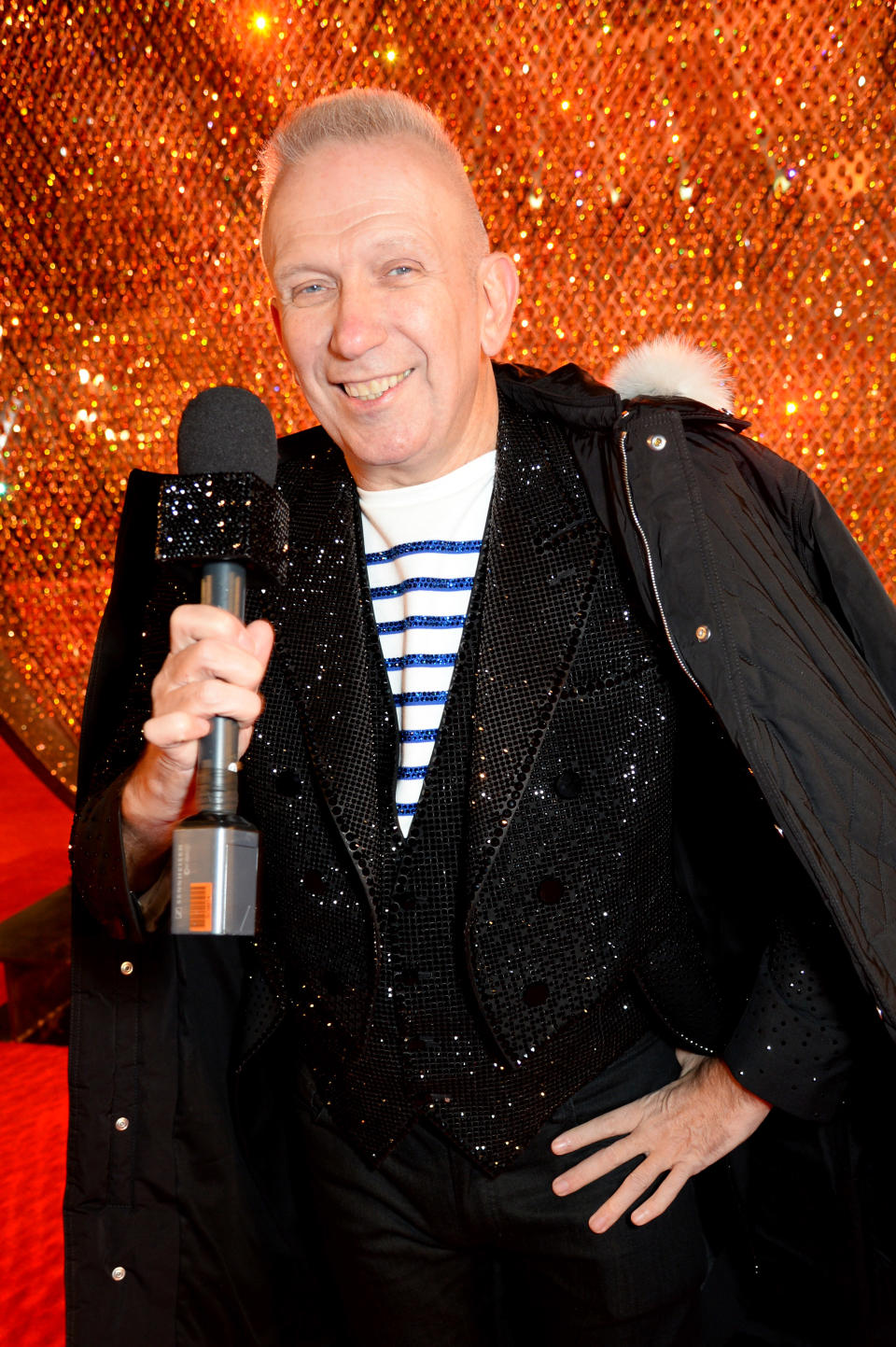
The designer decided to give up fur in November. After years of pressure from animal rights organizations, Gaultier revealed his decision on French TV, saying the way animals are used for fur is “absolutely deplorable.”
Jimmy Choo

Jimmy Choo, the footwear and accessories company that falls under the Michael Kors umbrella, vowed to stop using fur in December 2017, the same time parent company Kors, which has recently changed its name to Capri Holdings, gave up fur. Ceo John Idol said faux fur would be part of the fall 2018 line and the fur-free transformation would be complete for both businesses by December 2018.
Kate Spade
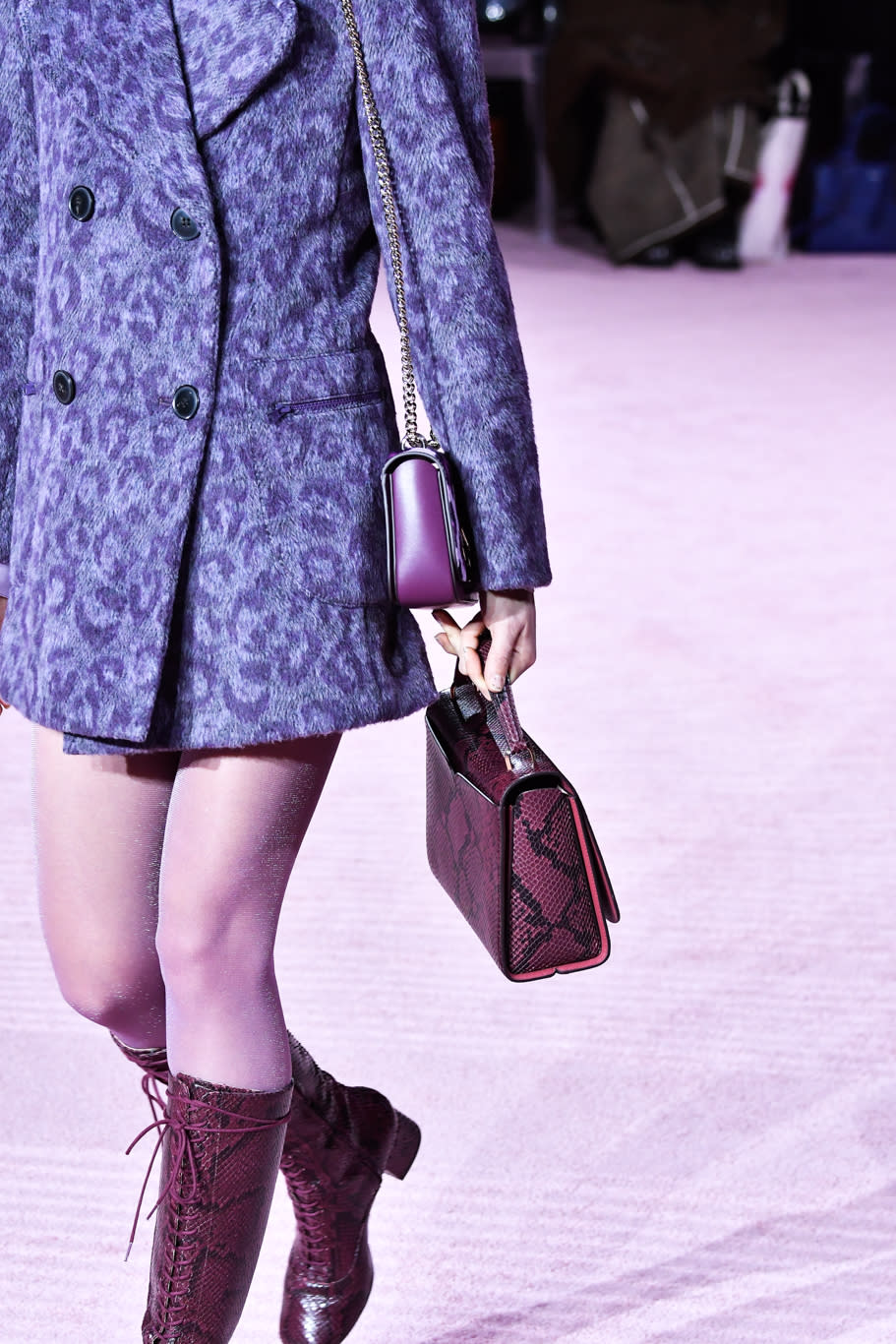
Kate Spade, which was acquired by Tapestry in 2017, has been fur-free for many years. But the women’s fashion brand added angora wool to its list of no-no’s in the summer of 2018. It was also around that time that Nicola Glass took over as creative director for Kate Spade and began working on her first collection for the brand.
Lacoste
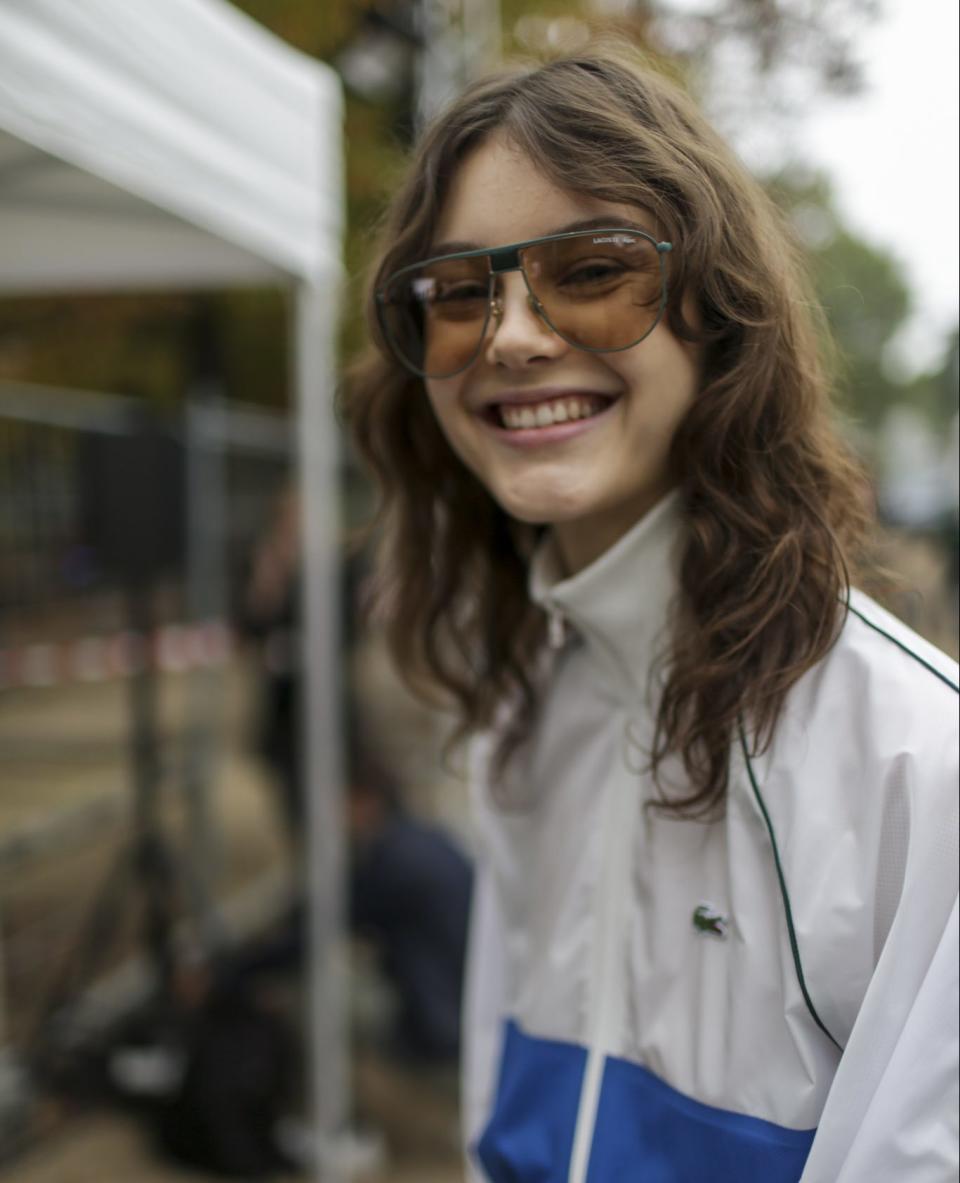
The French company banned fur and angora back in 2014. Then last year it said it would also stop using mohair as of January 2019.
Maison Margiela and John Galliano
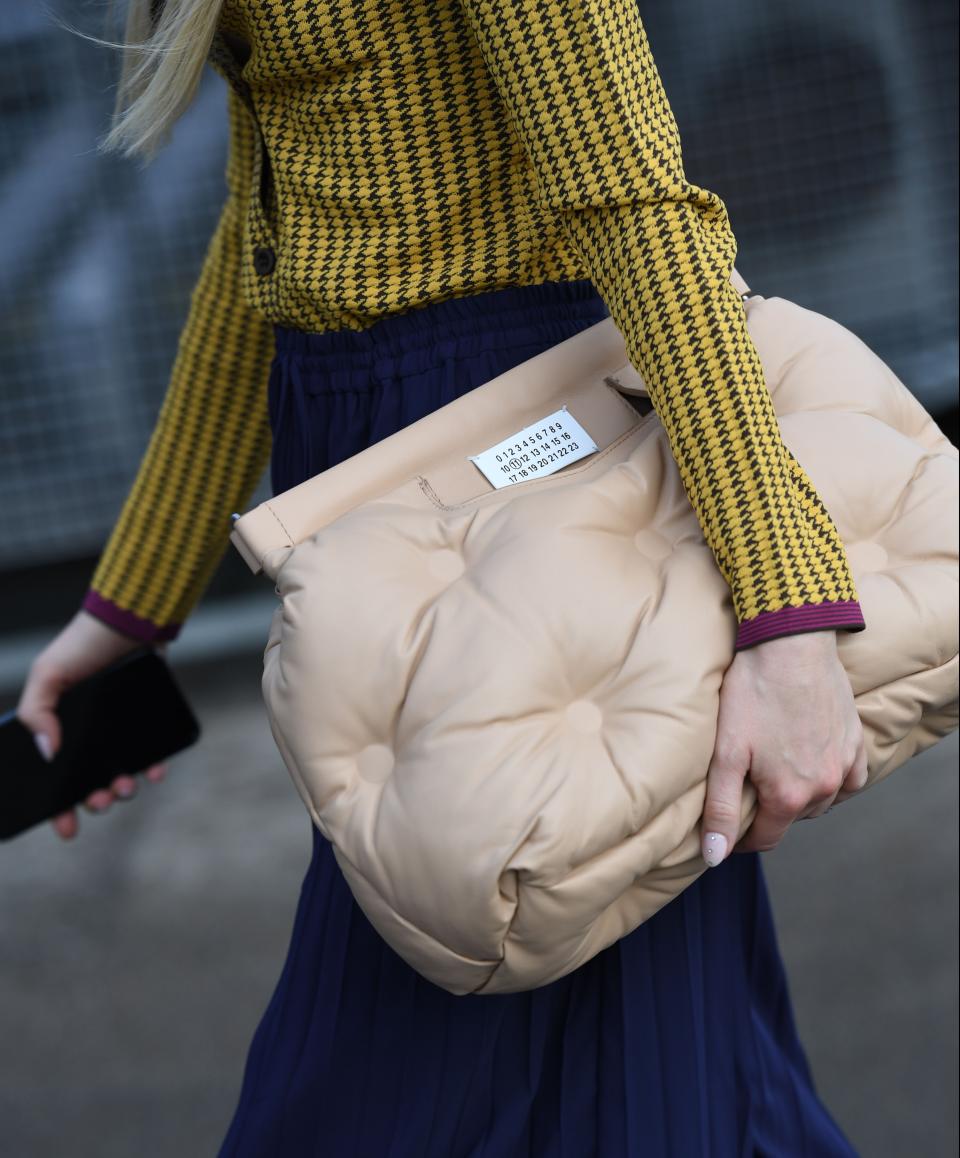
French luxury fashion house Maison Margiela removed fur from its textile list in 2018. Head designer John Galliano spoke to French Elle magazine in April of the same year regarding the decision. “You can be outrageous and fun without fur,” he said.
Michael Kors
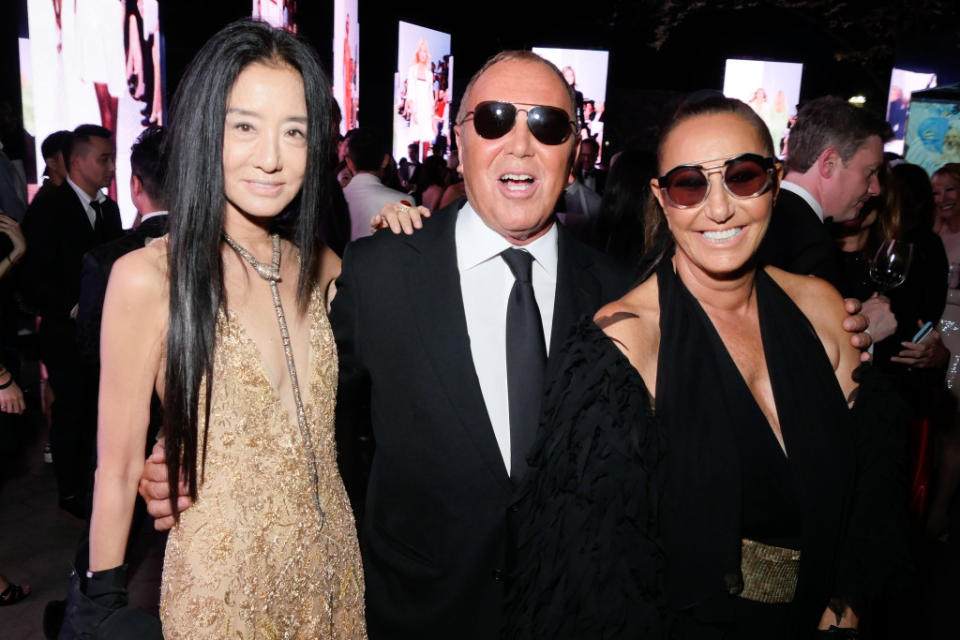
Following in the footsteps of Gucci, Michael Kors said it was discontinuing its use of fur in December 2017 and would be completely fur-free by the end of 2018. Kors ceo Idol said in 2017 that the decision “marks a new chapter” for the fashion house.
Ralph Lauren
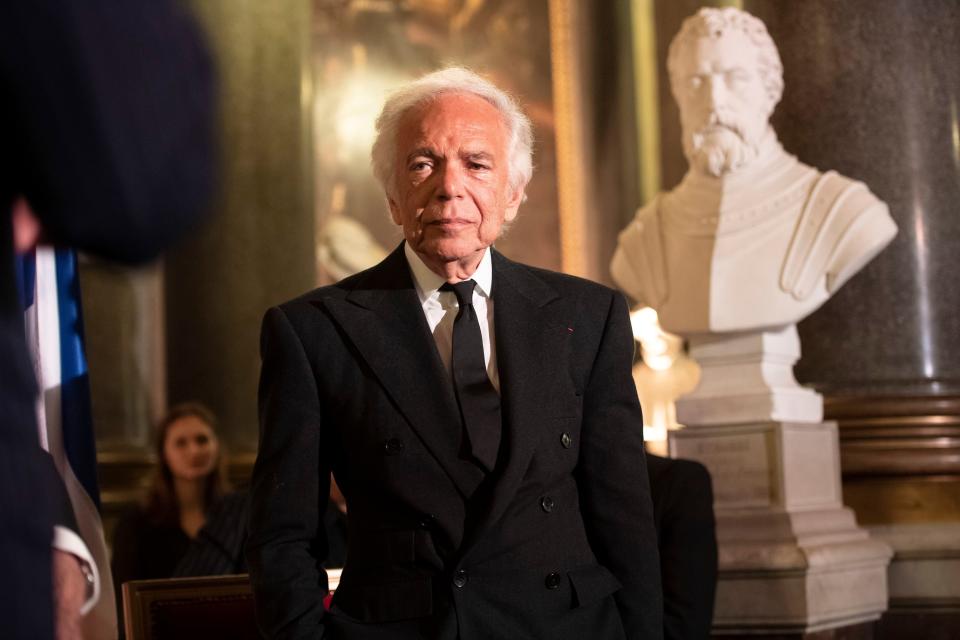
Ralph Lauren has been fur-free since 2006. But even before Lauren gave up on it, fur didn’t make up much of the business. A spokesman for the company said in 2006, “we feel that the time is right to take this action.”
Rent the Runway

The platform that allows shoppers to rent fashions directly from the runway was under pressure from consumers and animal activists alike for its use of fur. So in early 2018, U.S.-based Rent the Runway stores went officially fur-free.
Stella McCartney
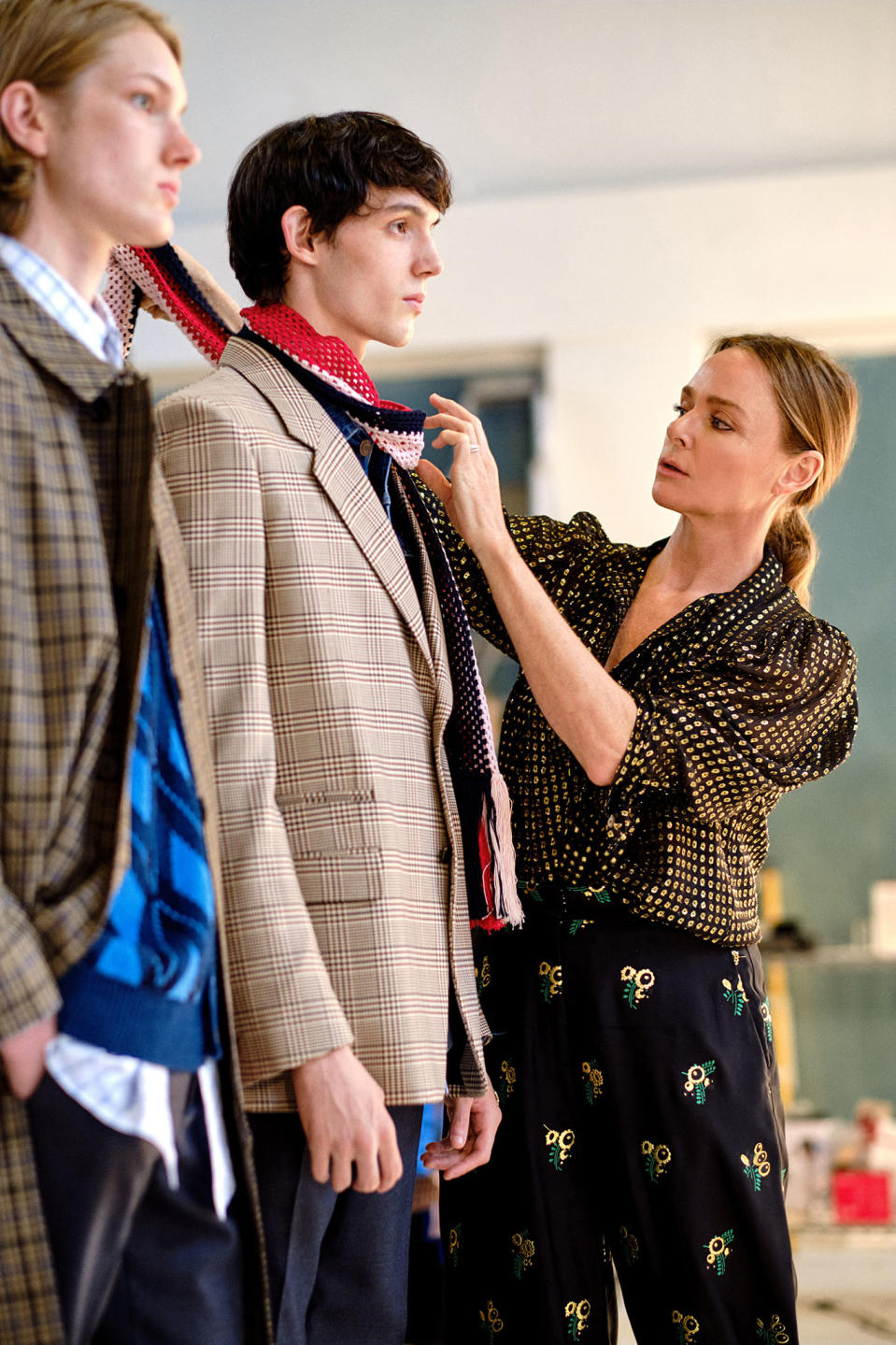
Since Stella McCartney launched her first collection in 2001, the designer has been steadfast about her desire not to use any kind of fur or leather in her collections.
McCartney’s fur-free collections are “a no compromise, modern statement,” according to the web site.
“There is no denying it, fur is cruel,” the site says. “Fashion is built on heritage. But we are a modern brand. We believe that fashion can be luxurious without using leather or fur.”
The designer does incorporate faux fur into her lines, however. But she is sure to mark each piece with a “fur-free-fur” label to avoid any confusion.
The Kooples
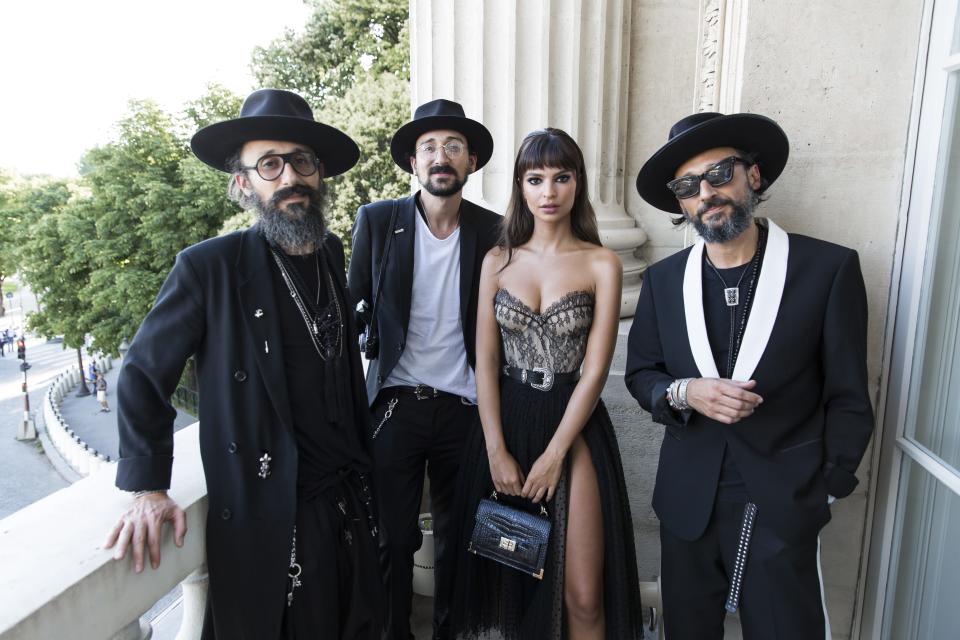
The French fashion retailer made the commitment to go fur-free in 2016 and launched its first fur-free collection in fall 2017. But even before the company had formally abolished fur from its stores, The Kooples had already given up Angora.
“We are extremely concerned by animal suffering,” Nicolas Dreyfus, The Kooples executive director, said in 2016.
Tommy Hilfiger
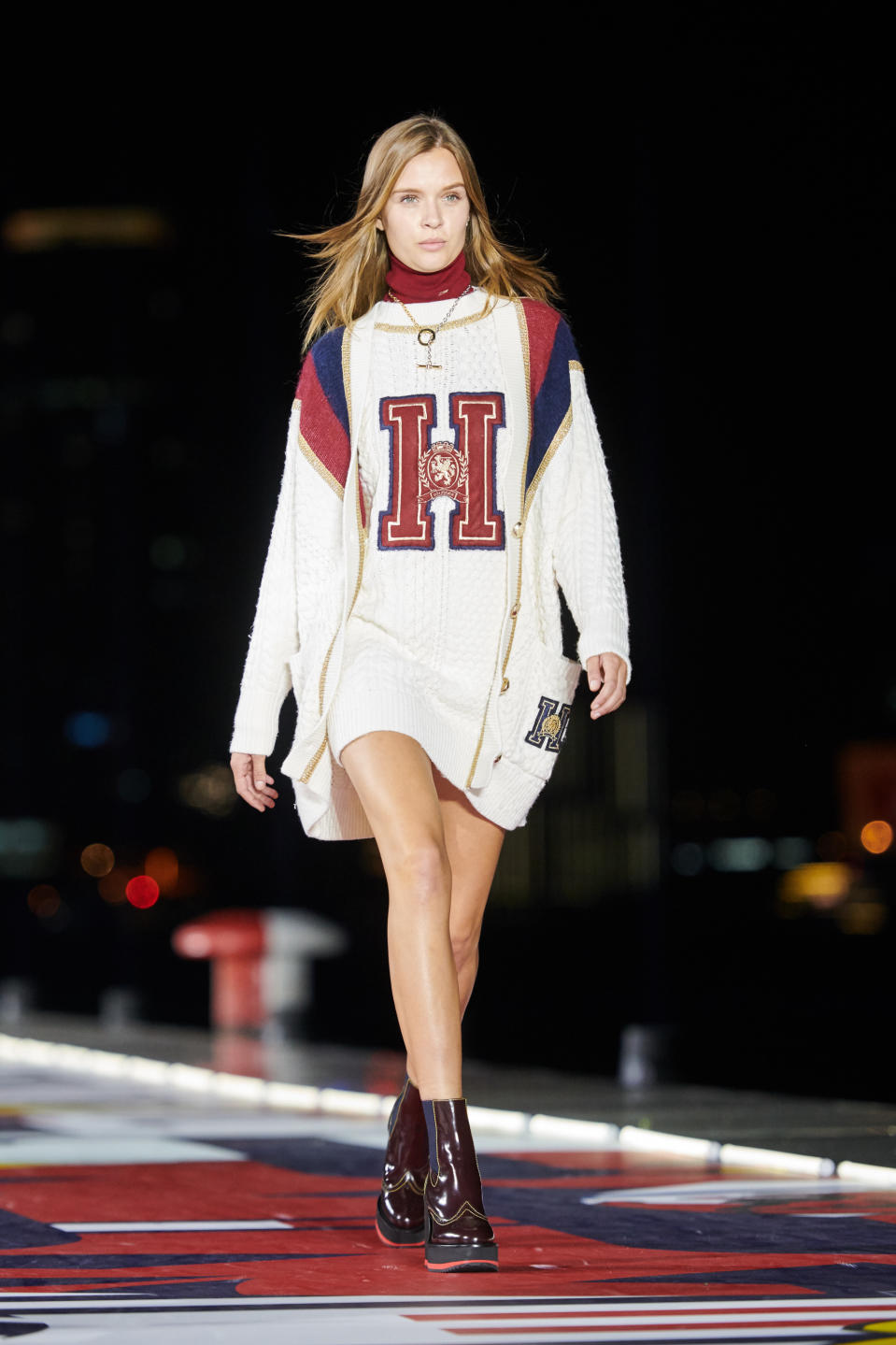
Tommy Hilfiger, which, along with Calvin Klein, is owned by PVH Corp., has been fur-free since 2007.
Hilfiger made a personal statement at the time regarding the decision, saying, “Starting immediately, the company will cease development of any product containing fur, and any fur garment already in production will be phased out of sales channels by the delivery of the spring 2008 collection.”
Victoria Beckham
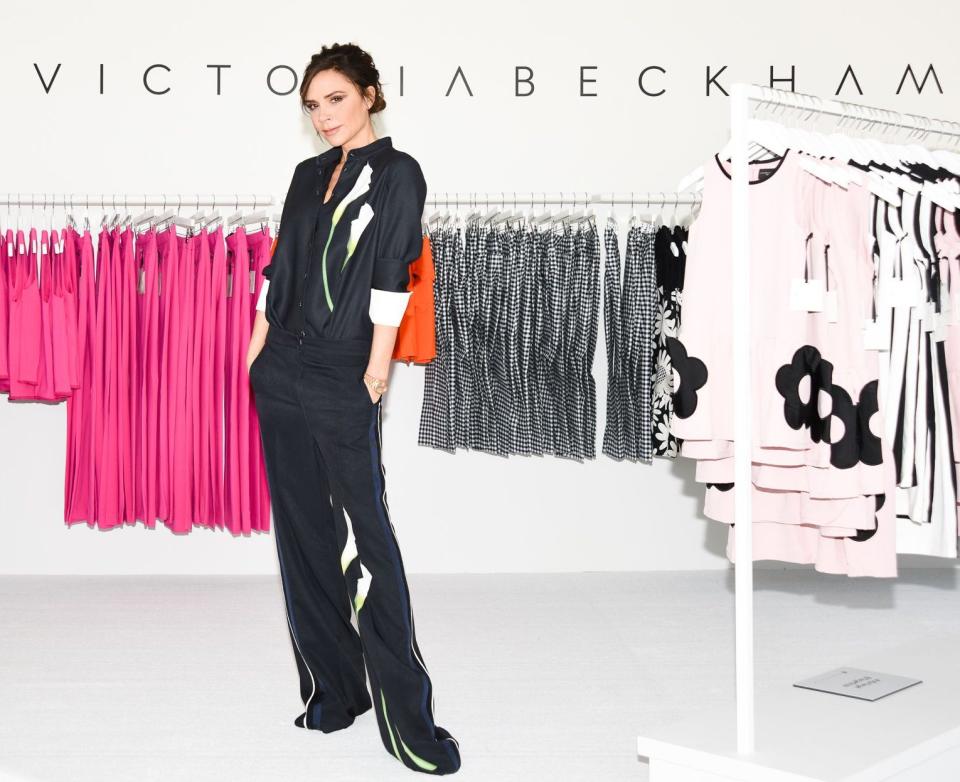
The British designer’s no-fur policy now includes exotic skins.
“As a business, we have been looking to action the use of more ethically sourced products that have less environmental impact for some time,” a spokesman for the company said, confirming that the company will cease using the materials in future collections. The brand, however, has never used fur in any of its collections.
“This decision reflects the wishes of not only the brand, but also that of our customers,” the spokesman said.
Vivienne Westwood
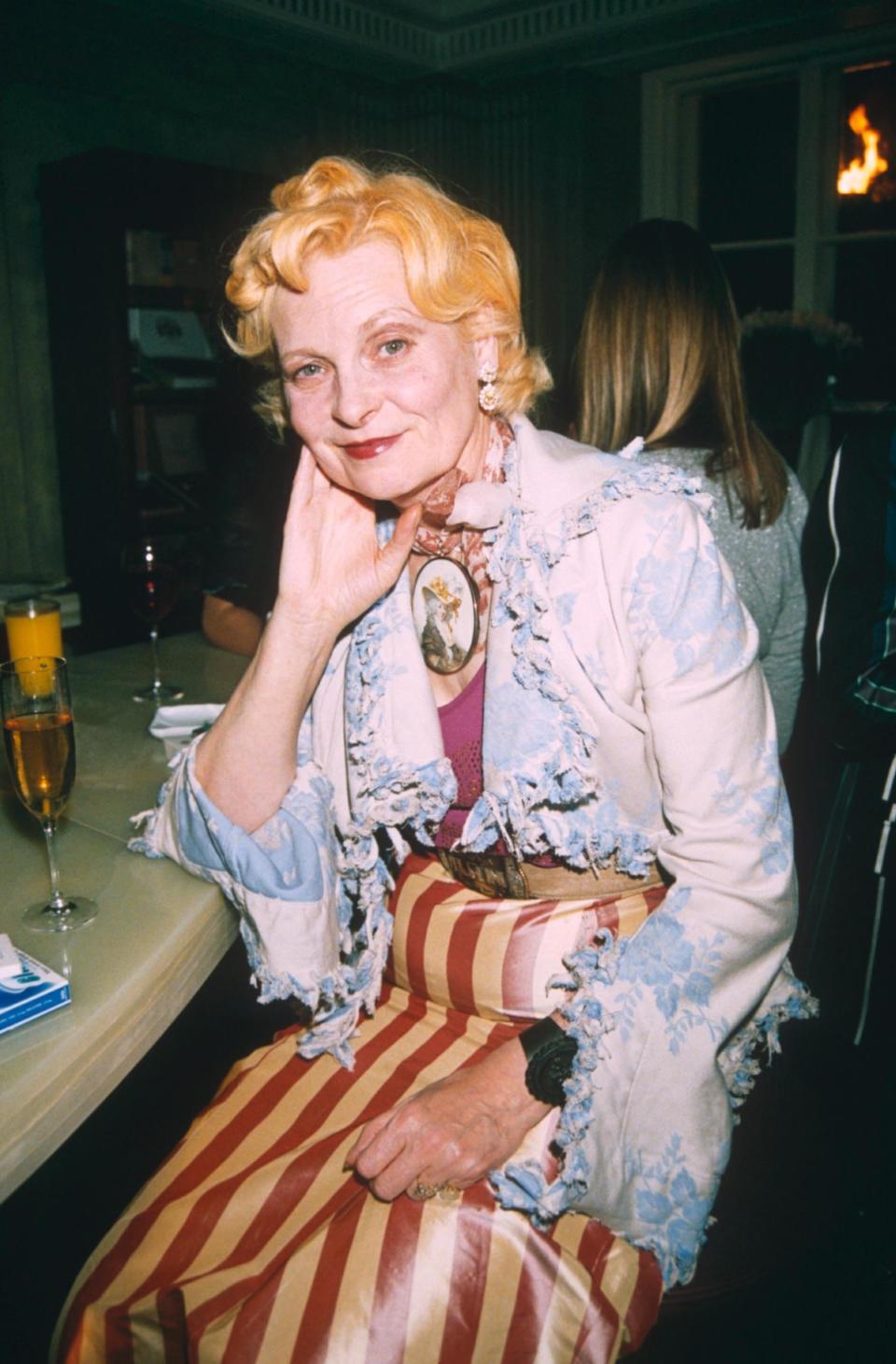
After receiving pressure from PETA, the British designer known for her punk aesthetics, gave up fur in 2007.
In an interview with the animal rights group back in 2014, the longtime vegetarian talked about how it’s “terrible” to kill animals.
“I’m a person that has enough money to make choices,” Westwood said. “And this is my choice.”
Yoox Net-a-Porter
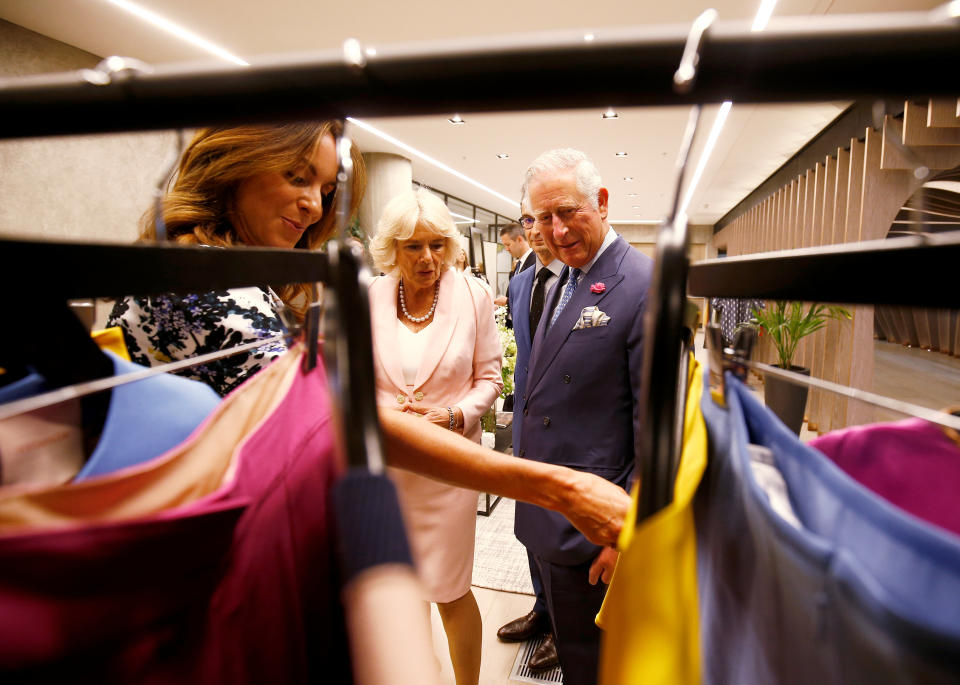
The Italian fashion company, which includes Net-a-porter, Mr. Porter, Yoox and The Outnet and is now owned by Richemont, said in the summer of 2017 that it would no longer allow products made from animal fur on the platform. The company also joined the international Fur Free Retailer Program the same year.
Sign up for WWD's Newsletter. For the latest news, follow us on Twitter, Facebook, and Instagram.

